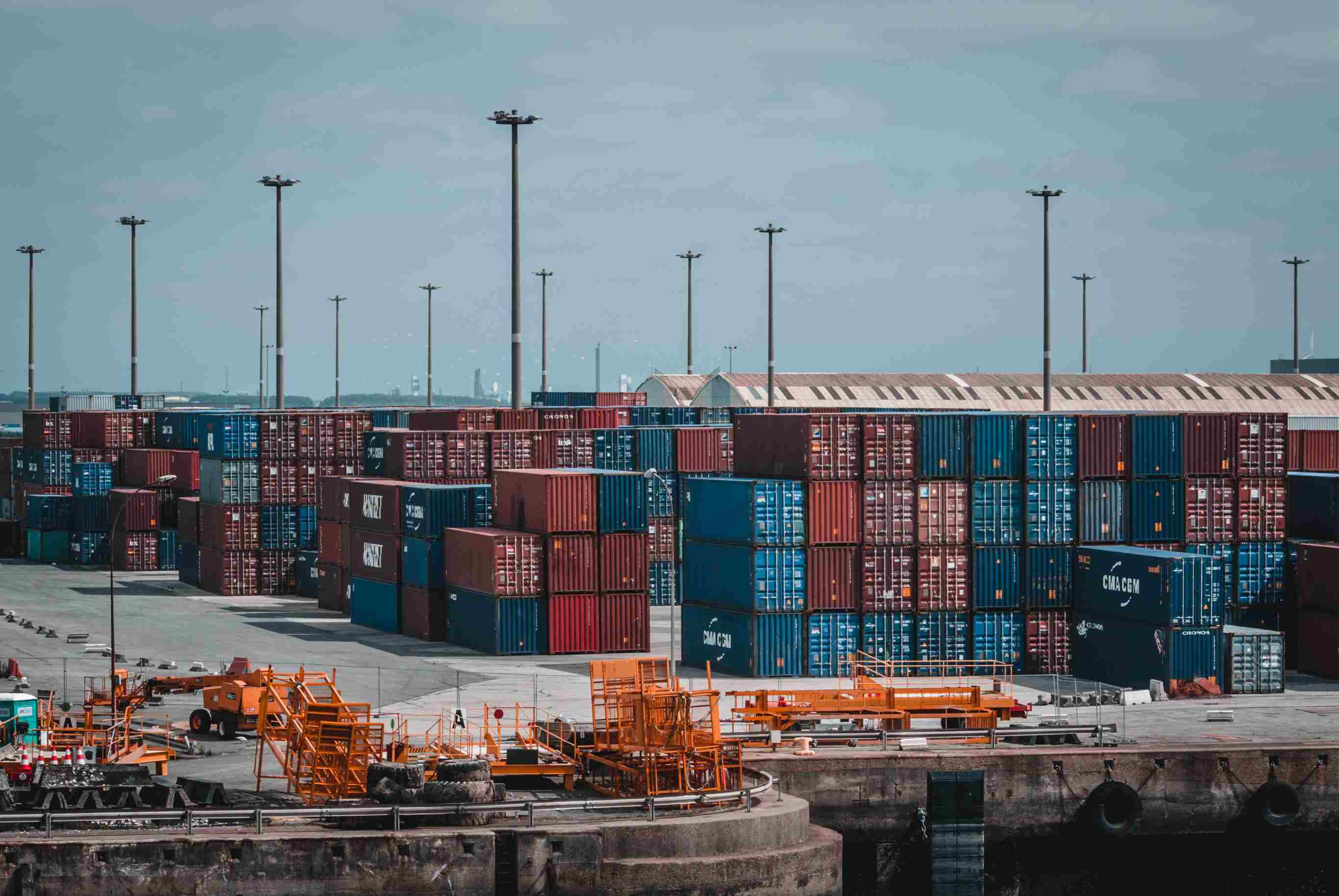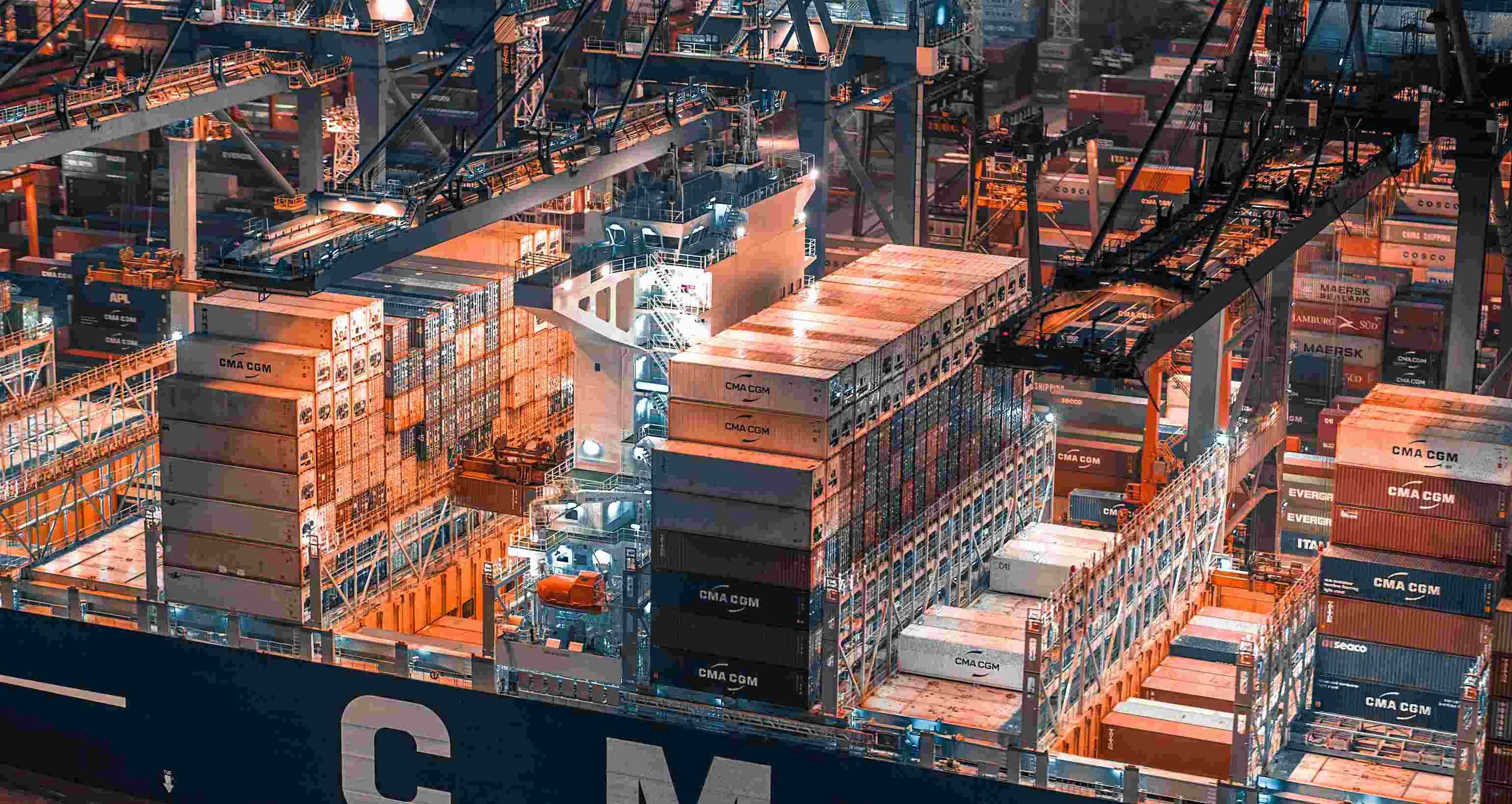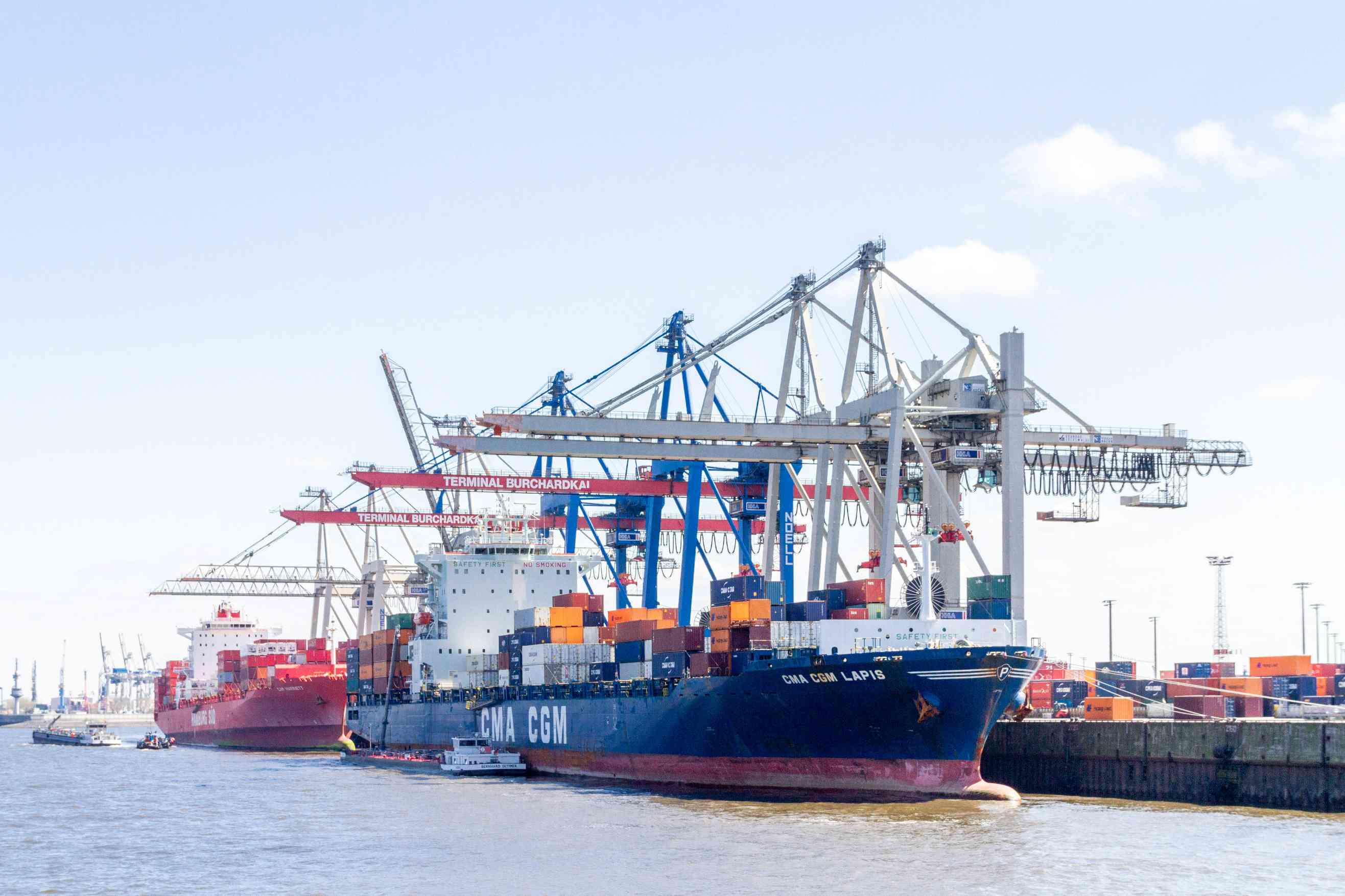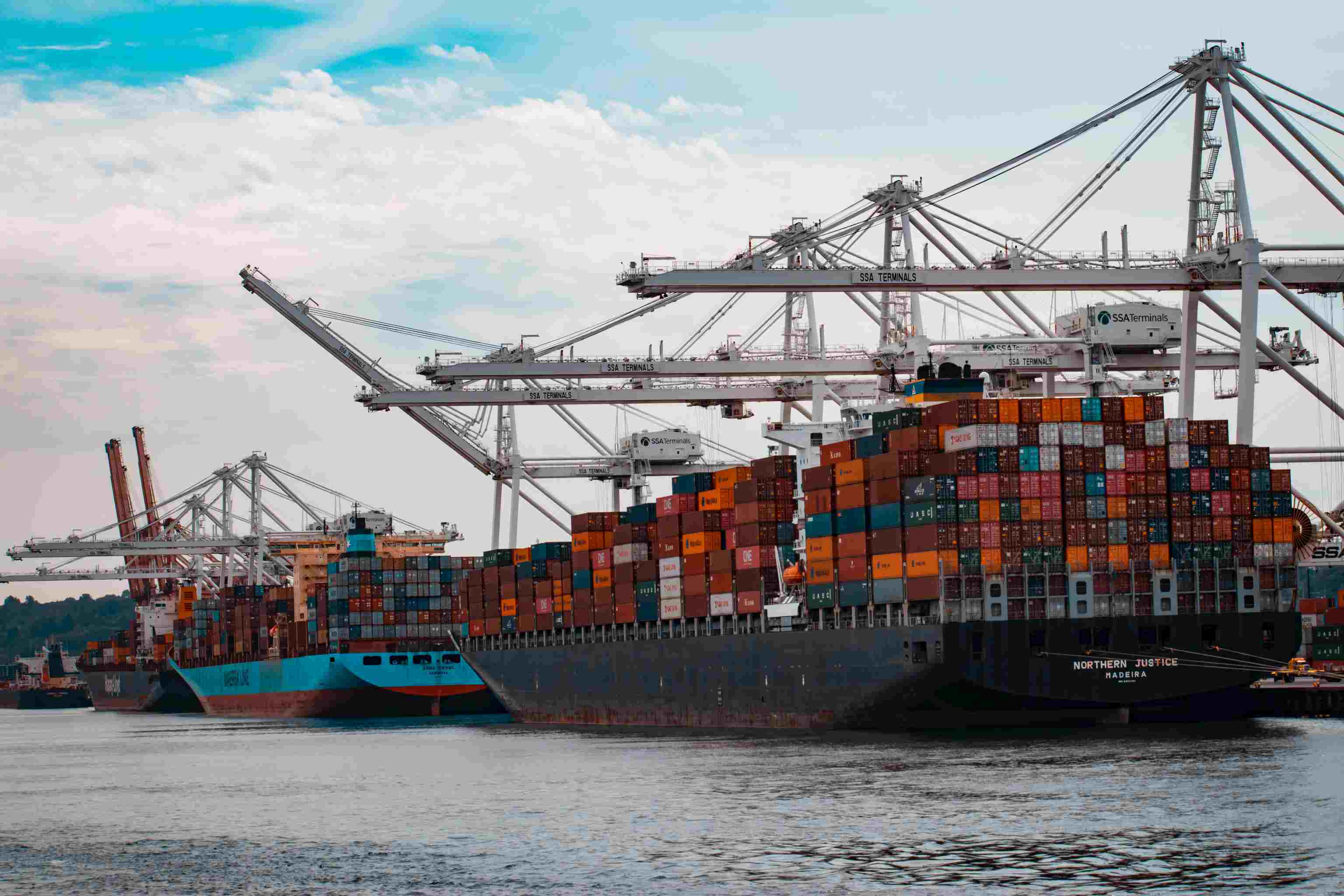The "recovery" of the global shipping market is officially confirmed!
Clarkson recently said that since the global financial crisis broke out, the global shipping industry has experienced the impact of overcapacity and a sharp decline in trade volume for about 10 years, and now the industry has finally begun to appear "fundamental change."
Clarkson's revenue in the first half of this year reached 157 million pounds, and pre-tax profit surged 25% to 21.9 million pounds. Clarkson CEO Andi Case said that this is a fundamental change, not a temporary improvement in the market.
Andi Case pointed out that the number of ship deliveries has decreased significantly in the past four years, so shippers need to pay higher freight rates, which is also an important factor driving the strong recovery of the global shipping industry. He said that as the number of new ship orders reached a new low, supply and demand began to balance. Andi Case said that existing capacity has begun to absorb new demand.
Andi Case pointed out that global shipyards delivered 2,047 ships in 2013, but in 2016 they had fallen to 217. According to Clarkson data, so far this year, 267 new ships have been ordered, but at the same time 266 have been demolished. The construction volume of new ships has dropped to a fairly low level, the market supply and demand are beginning to rebalance, and existing merchant shipping capacity has begun to absorb new demand.
The changes in the BDI index can best reflect the recovery signal of the global shipping market.
On August 15, the BDI index was reported at 1169 points, rising for the 12th consecutive trading day. The index has risen by more than 55% in the past six months, and is nearly 300% higher than the bottom of the valley in February last year. This is due to strong market demand for Capesize and Panamax extreme bulk carriers.
It is understood that the current freight rate for Capesize vessels is US $ 16,261 per day, an increase of US $ 1,443 compared to mid-April; Panamax limit freight rates have increased by US $ 224 to US $ 10,056 per day. Since the beginning of this year, freight rates for Capesize bulk carriers have increased by an average of 139% over the same period last year, mainly due to fewer new ships and increased demand from China. The tonnage of new ship orders accounts for 10.6% of the existing capacity, which is far lower than 24% in 2014, which helps to rationalize the supply of merchant ships. In addition, the increase in coal freight volume also supports the rate.
Brokers point out that this is a fundamental rise, not just a short-term rise in the market, and optimistic about the outlook for 2018.
This is not the only sign of a recovery in the global shipping industry. This year, the three major South Korean shipping companies have successively received a large number of new ship orders, and the year-round ordering target has been completed almost half a year in advance. At present, they have gradually emerged from the downturn.
However, some experts still disagree that the shipping industry is gradually recovering. Securities company Liberum said that although the shipping market continues to move in a good direction, the main market is still quite depressed. Ship supply in 2017 has been slightly lower than demand; but the key to the continued improvement of the market lies in whether the industry can rationally control the supply.sea freight from china to poland





